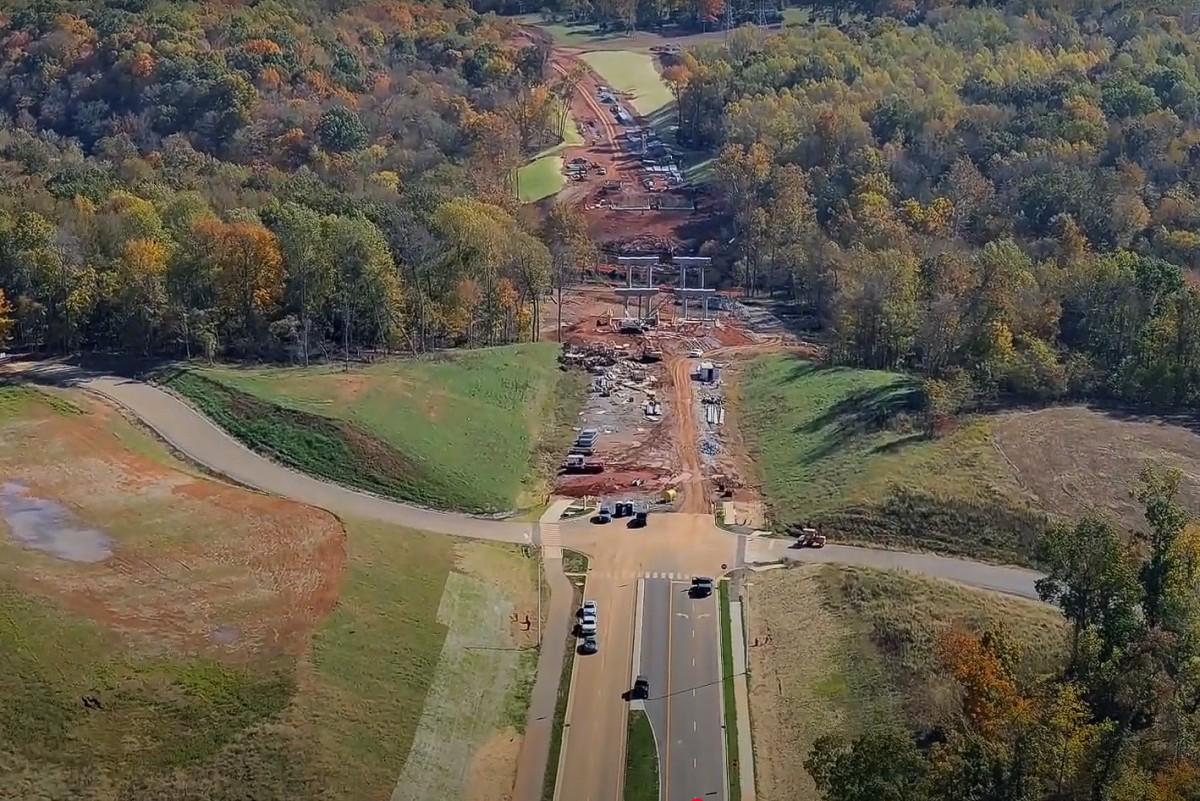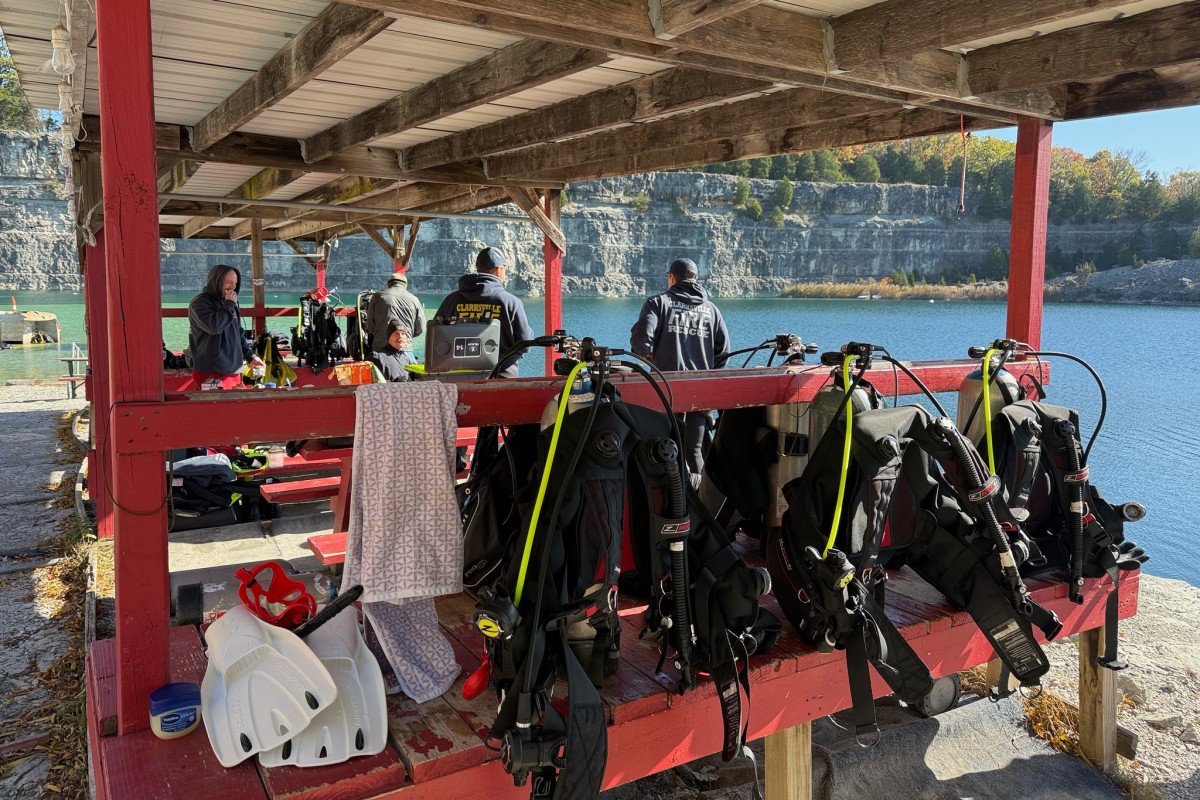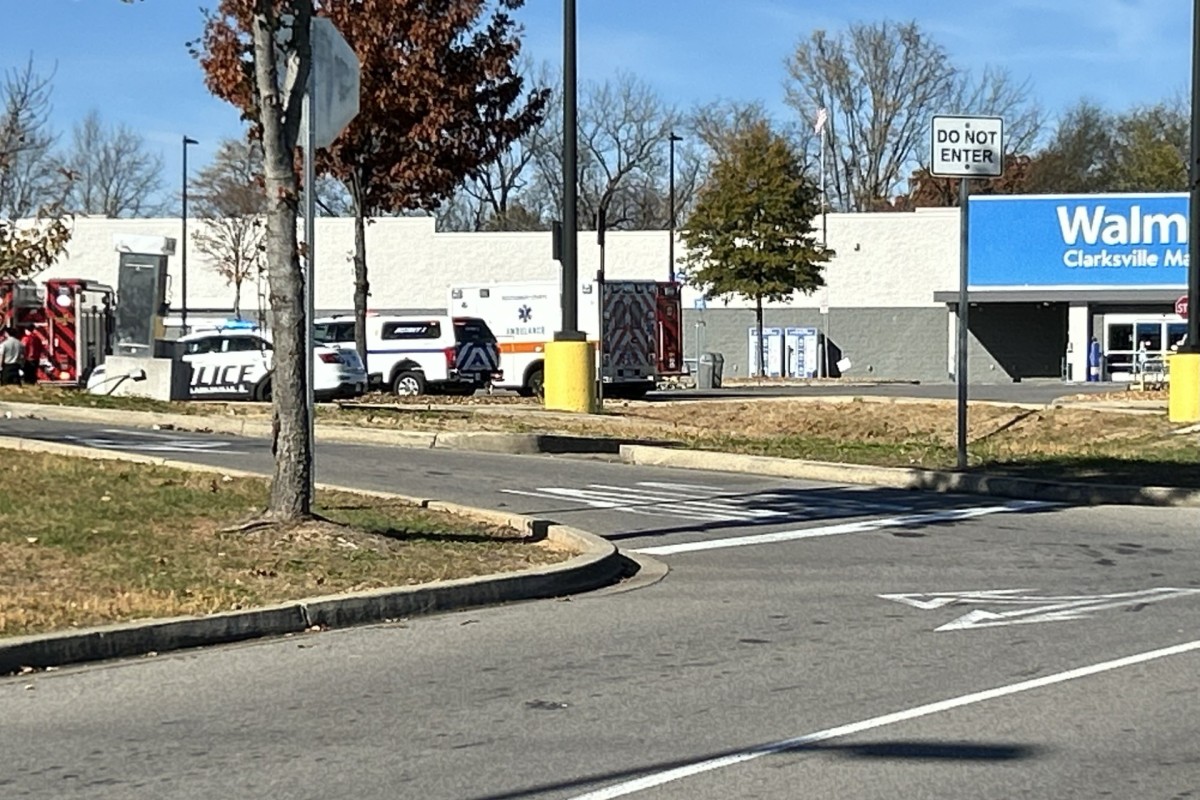Well, it’s here! A time to be on the lookout and very vigilant when driving! Deer season is here and while this time may be super exciting for deer hunters, it should also be of HIGH interest to anyone who drives a car.
This is some serious info! According to a Highway Loss Data Institute, the number of animal strike-related insurance claims in November is more than TWICE the yearly average. This peak coincides with mating season when deer are the most active. Mating season will cause a deer to run in front of you before you know it!
The HLDI says, the severity of claims, measured in dollars insurers pay to cover losses, also climbs during the peak month. The average cost of November animal strike claims from 2013 to 2022 was a whopping $4,600, compared with $3,522 for, February, the month with the least severe crashes, good news for the new year.
(Video courtesy of Inside Edition)
So, what should you do if you hit a deer with your car? And what can you do to avoid hitting them? Here are some tips.
Additionally, drivers should:
Scan the road: Look ahead while driving. his may seem like an obvious one, but too often, we get caught up in our driving distractions. If you can spot a deer, or any other animal, ahead of time, it will give you time to react appropriately.
Use high-beam headlights when safe: This will aid in spotting a deer ahead of time. High beams help spot animals’ reflective eyes and increase your overall field of vision.
Be cautious at dawn and dusk: These are peak times for deer-related car accidents.
Always wear your seat belt: According to the Insurance Information Institute, the chances of getting injured when hitting an animal are much higher if you don’t have your seat belt on.
When there is no way, you can’t avoid hitting a deer
Unfortunately, there are some instances in which you might not be able to avoid hitting the deer.
According to AAA, when a collision is imminent, here is the proper way to hit a deer to keep yourself safe:
◾ Don’t swerve: Swerving is one of the biggest mistakes you can make before you hit a deer. Swerving can seem correct at the moment, but this can cause you to hit another vehicle or someone’s property.
◾ Don’t speed up: Contrary to popular belief, speeding up before hitting a deer will not do you any favors. It can cause more damage to you and your vehicle.
◾ Apply the brakes: Hold onto your steering wheel, apply the brakes and try your best to come to a complete stop as soon as you can. Braking is the safest way to hit a deer and will cause significantly less damage than the alternative.
What to do if you hit a deer with your car
Here’s what AAA suggests doing immediately after hitting a deer with your car:
◾ Move off the road: Moving off the road keeps other drivers and you safe. Turn your hazard lights on and move out of traffic. If your vehicle is inoperable, try your best to get it in a safe spot.
◾ Report if the deer is on the road: Reporting the accident can help on many fronts, but especially if the injured deer is still in the roadway.
◾ Assess damage to your vehicle: If you’re going to make a claim, you may want to snap a few pictures of the vehicle damage. It will help you and your insurance provider when processing the claim.
◾ Don’t automatically assume your car is OK to drive: Once you’ve taken all the necessary steps after hitting a deer, you’ll want to move on with your life. But don’t assume your car is ready to drive off. Thoroughly assess your car and any damages before driving off.
(Video courtesy of 12 News)





